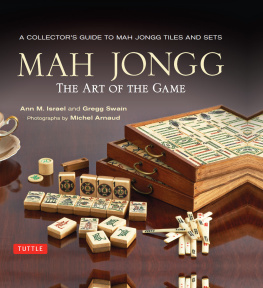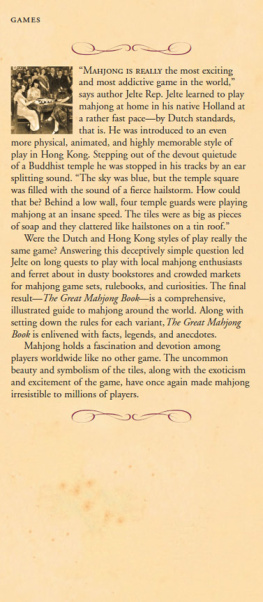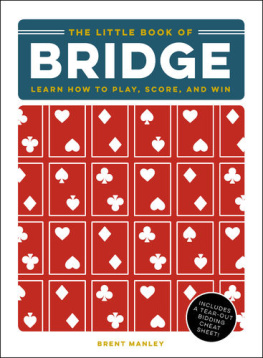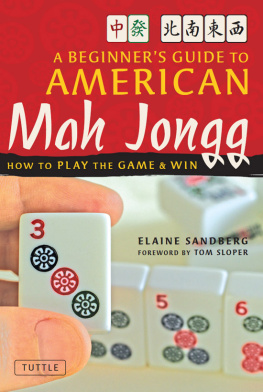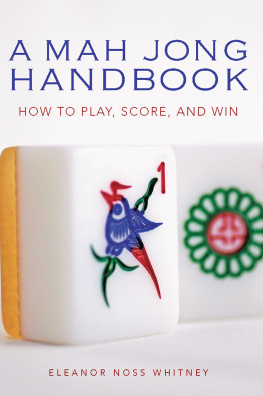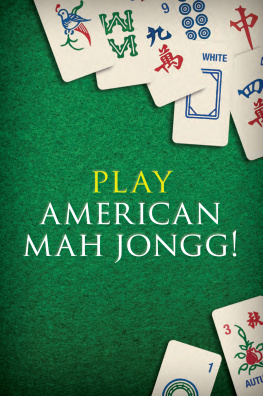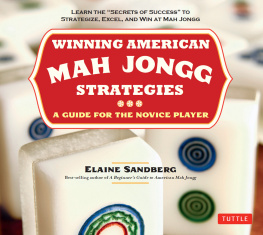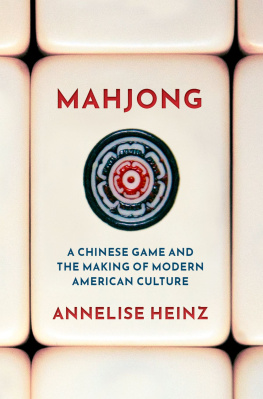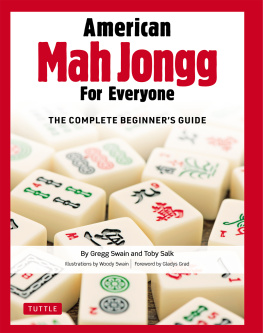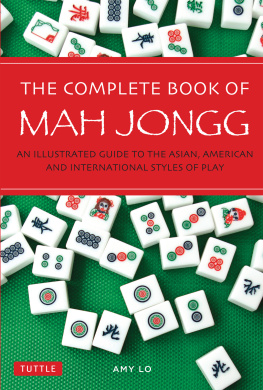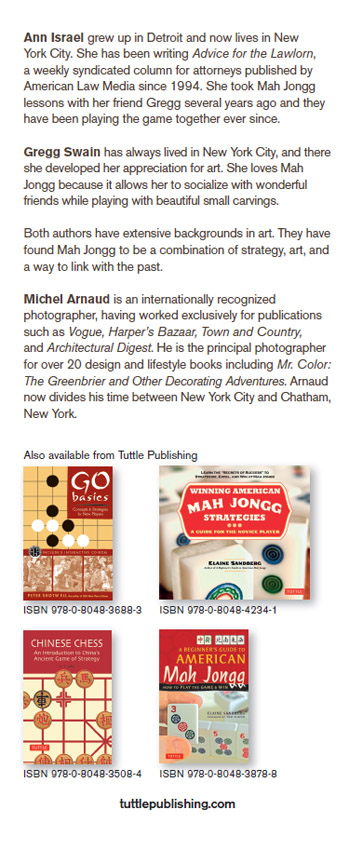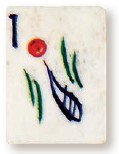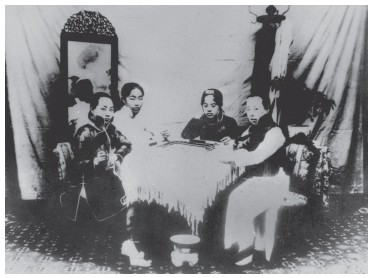Ann M. Israel - Mah Jongg: The Art of the Game: A Collector’s Guide to Mah Jongg Tiles and Sets
Here you can read online Ann M. Israel - Mah Jongg: The Art of the Game: A Collector’s Guide to Mah Jongg Tiles and Sets full text of the book (entire story) in english for free. Download pdf and epub, get meaning, cover and reviews about this ebook. year: 2014, publisher: Tuttle Publishing, genre: Home and family. Description of the work, (preface) as well as reviews are available. Best literature library LitArk.com created for fans of good reading and offers a wide selection of genres:
Romance novel
Science fiction
Adventure
Detective
Science
History
Home and family
Prose
Art
Politics
Computer
Non-fiction
Religion
Business
Children
Humor
Choose a favorite category and find really read worthwhile books. Enjoy immersion in the world of imagination, feel the emotions of the characters or learn something new for yourself, make an fascinating discovery.
- Book:Mah Jongg: The Art of the Game: A Collector’s Guide to Mah Jongg Tiles and Sets
- Author:
- Publisher:Tuttle Publishing
- Genre:
- Year:2014
- Rating:5 / 5
- Favourites:Add to favourites
- Your mark:
Mah Jongg: The Art of the Game: A Collector’s Guide to Mah Jongg Tiles and Sets: summary, description and annotation
We offer to read an annotation, description, summary or preface (depends on what the author of the book "Mah Jongg: The Art of the Game: A Collector’s Guide to Mah Jongg Tiles and Sets" wrote himself). If you haven't found the necessary information about the book — write in the comments, we will try to find it.
I thoroughly enjoyed this book. Whether used as a reference or a beautiful keepsake, its a very worthy addition to the world of Mah Jongg. Ruth Unger, President, *National Mah Jongg League*
This is the first book to fully capture the story of the exotic and exciting game of Mahjong or Mah Jongg, offering an intimate look at the history of the game as well as the visual beauty of the tiles. When authors Ann Israel and Gregg Swain began playing Mahjong, they were unaware of the vintage collections that existed not only in the United States but also as far ranging as Africa to New Zealand. Slowly, they started to collect their own sets of Mahjong and as their collections grew, so did their appreciation of the history of, and interest in the game.
Finding few references, Israel and Swain set out to create a book that chronicles the early beginnings of the game and documents Mahjong sets from the most basic, made simply of paper, to the most precious materials such as ivory and mother-of-pearl. Recognized and respected scholars and game experts have collaborated with Israel and Swain, contributing important chapters on the games history and its pieces as well as technical information on the tiles. Lastly, great collectors from around the globe have shared their incredible sets and memories for the first time in one book for everyone to enjoy.
With hundreds of beautiful new images by renowned photographer, Michel Arnaud, and including historical documentation and ephemera, Mah Jongg: The Art of the Game fills the void between the past and todays game, providing vision, inspiration and resources. Anyone who has ever been intrigued by a Mahjong tile will find in these pages visually stunning photographs that will entice them into becoming an enthusiast of the timeless game of Mahjong.
Ann M. Israel: author's other books
Who wrote Mah Jongg: The Art of the Game: A Collector’s Guide to Mah Jongg Tiles and Sets? Find out the surname, the name of the author of the book and a list of all author's works by series.

